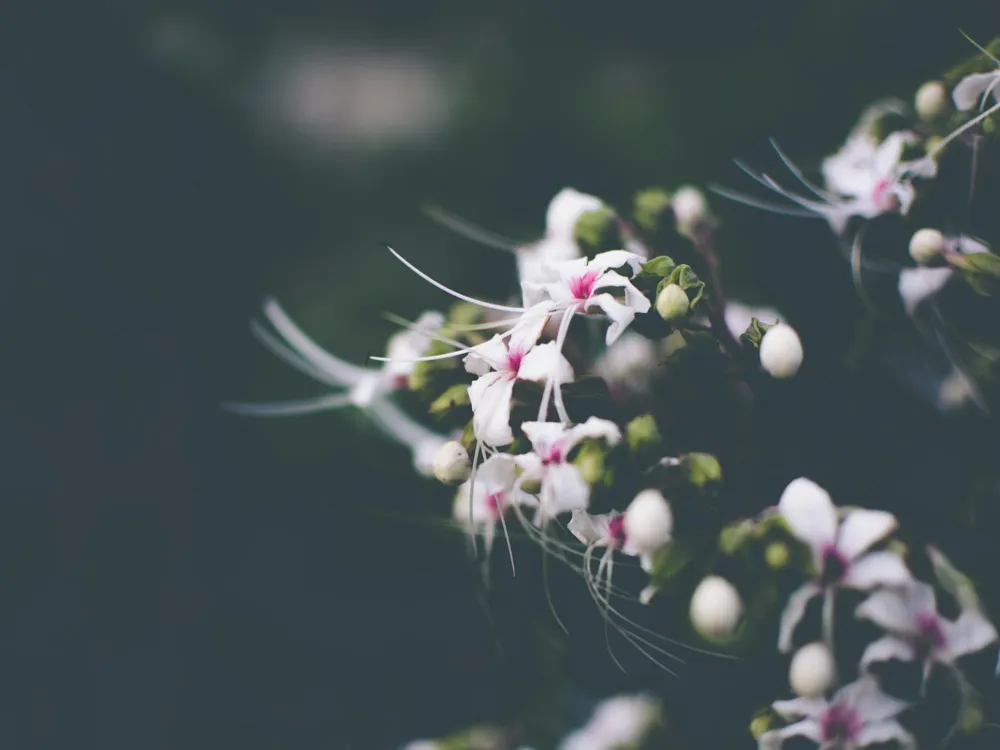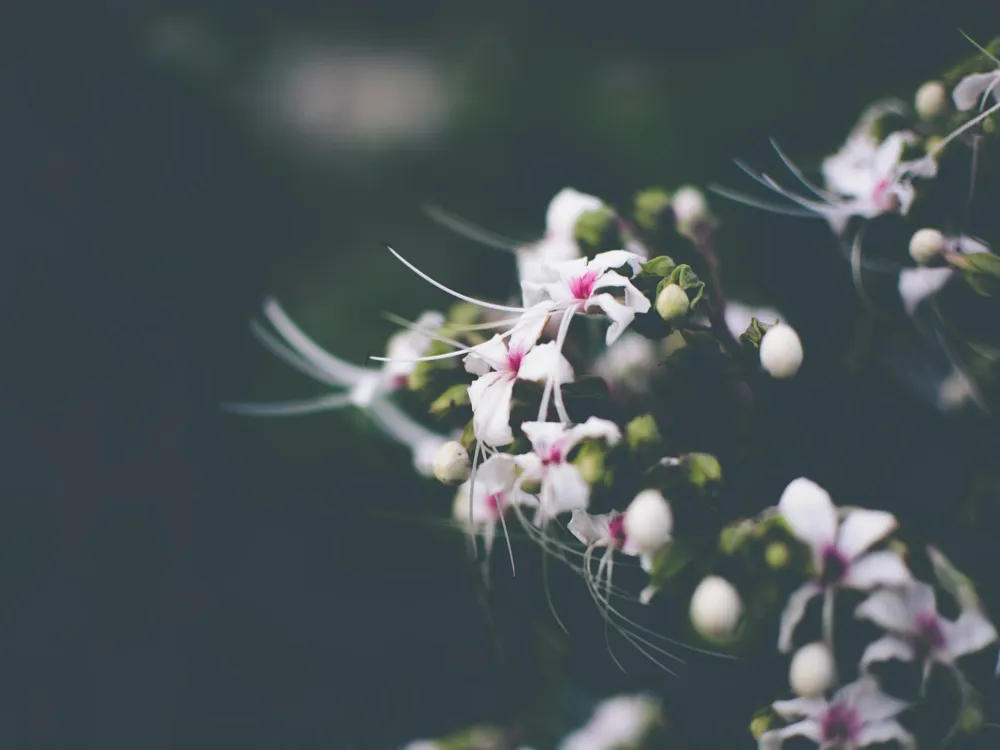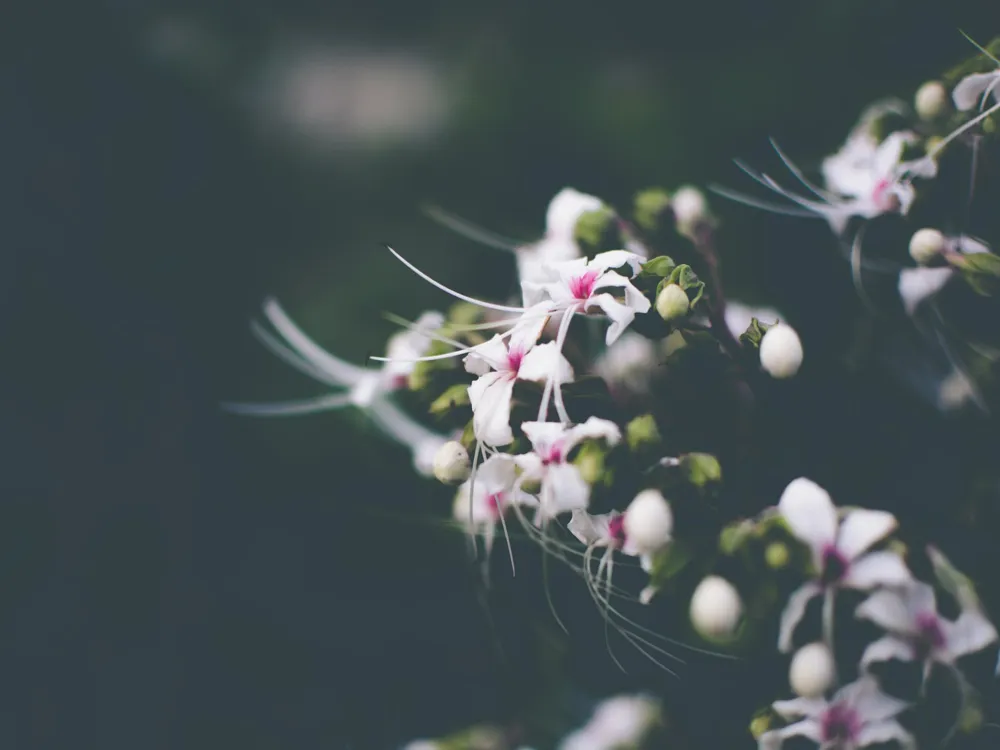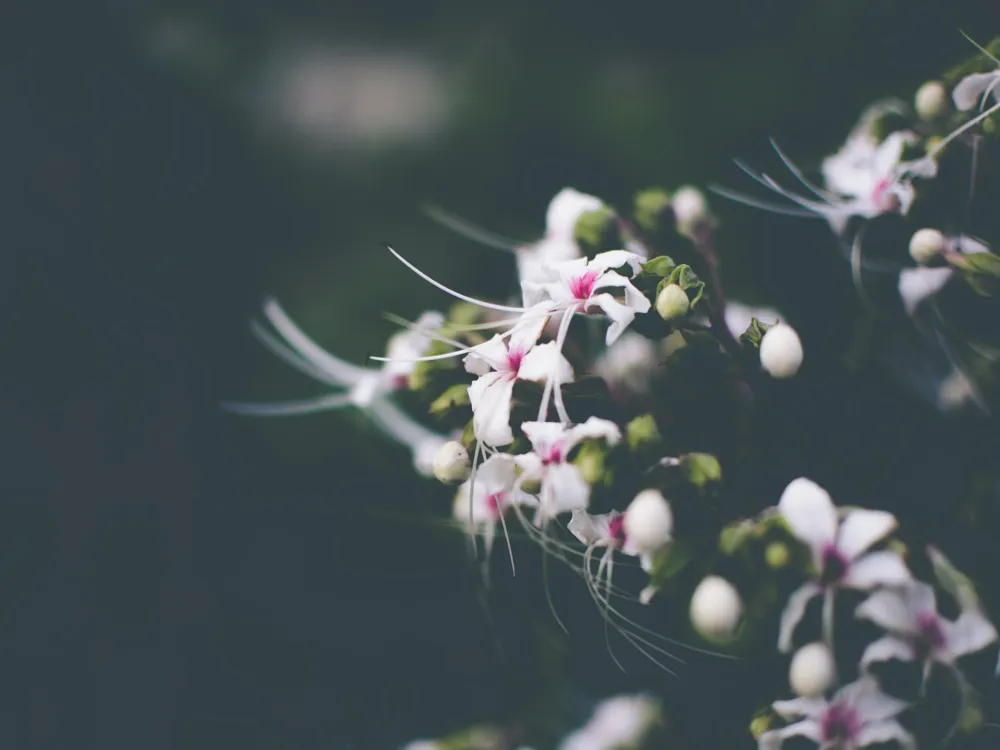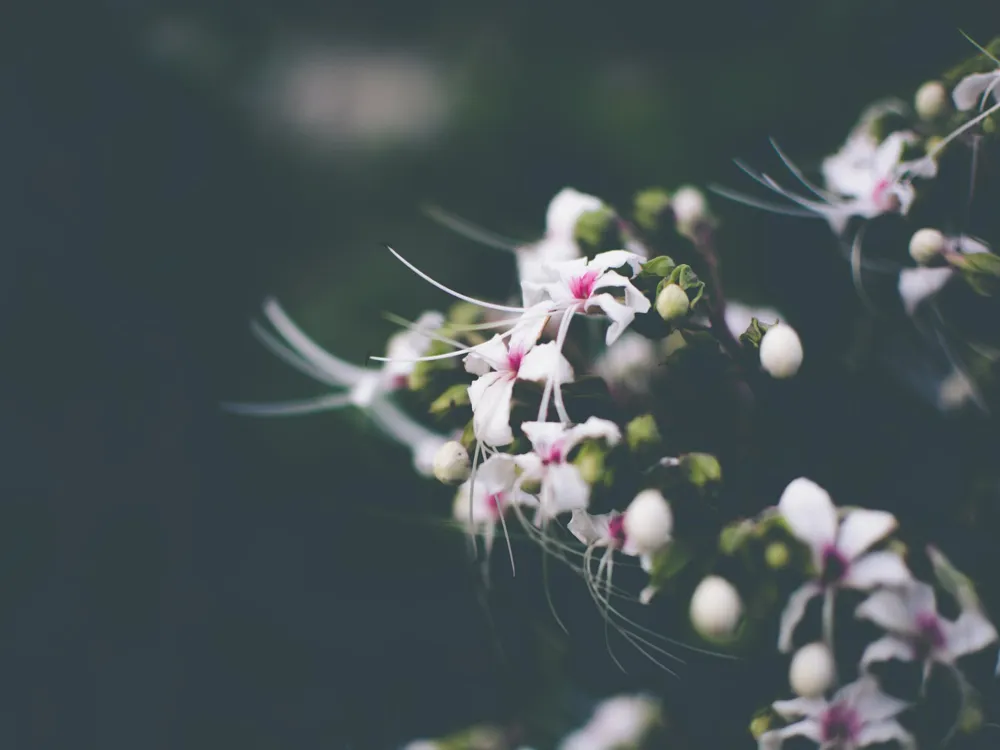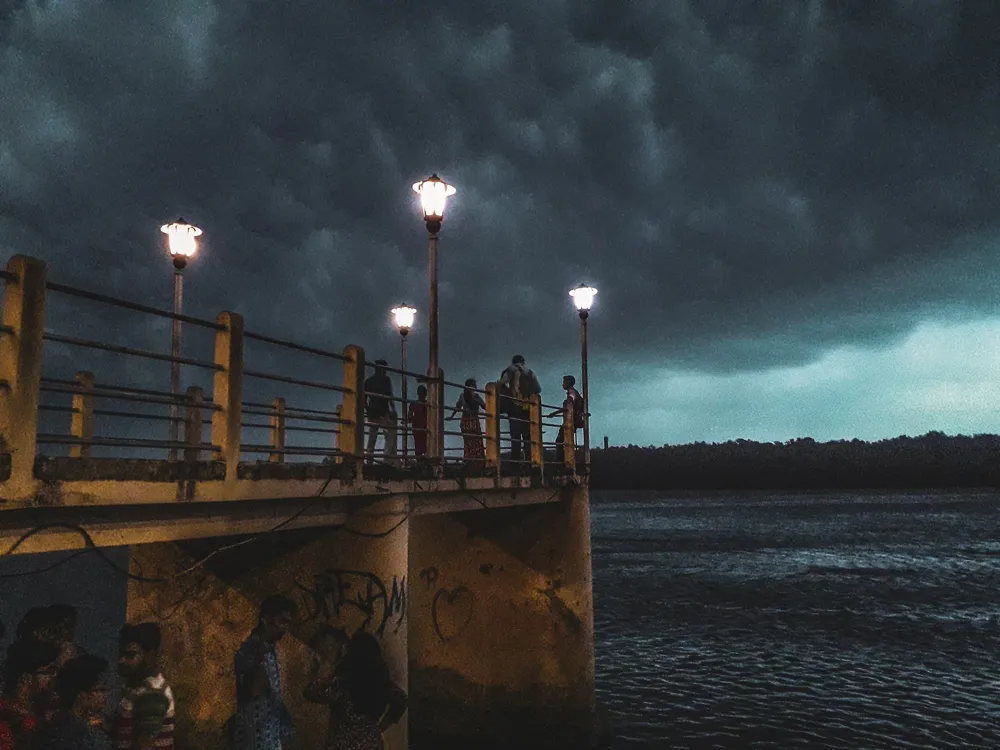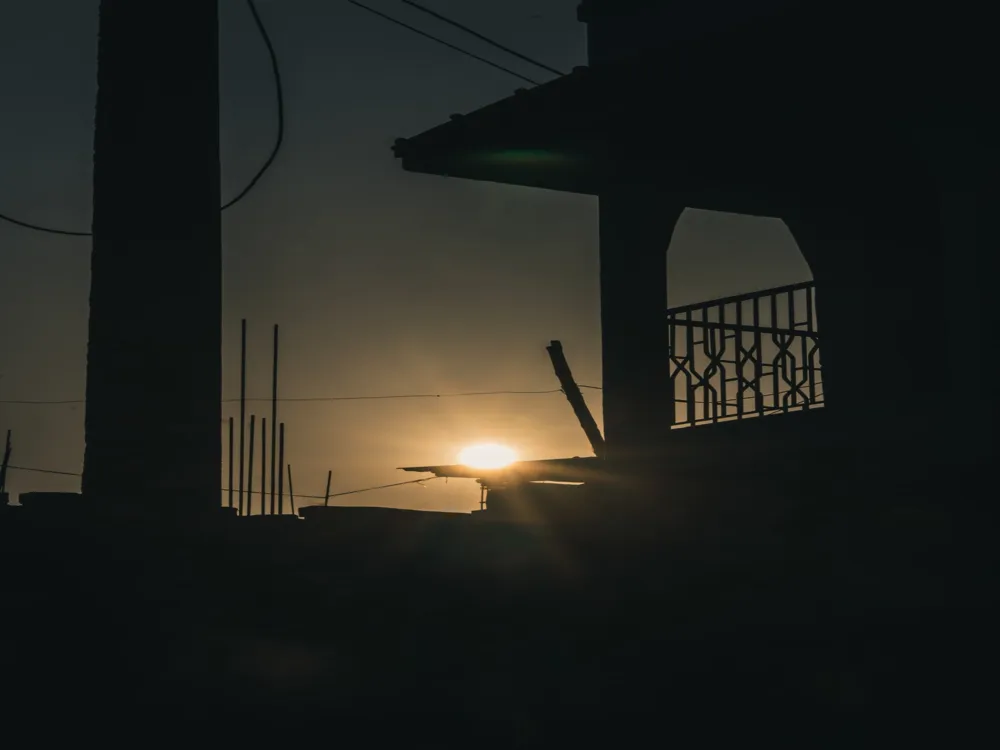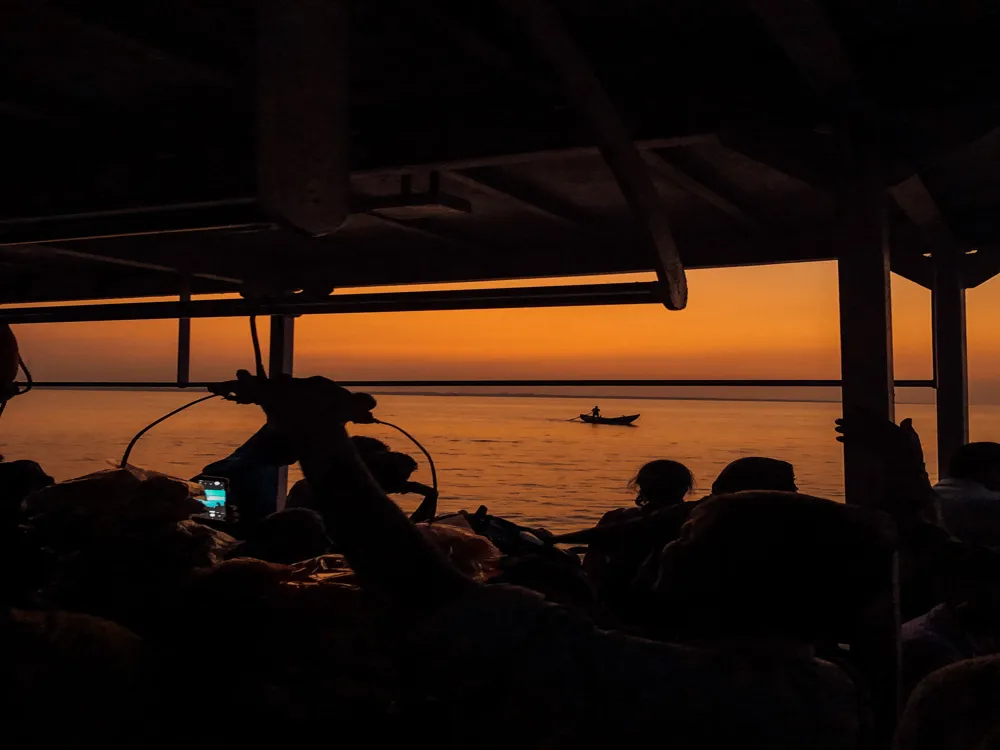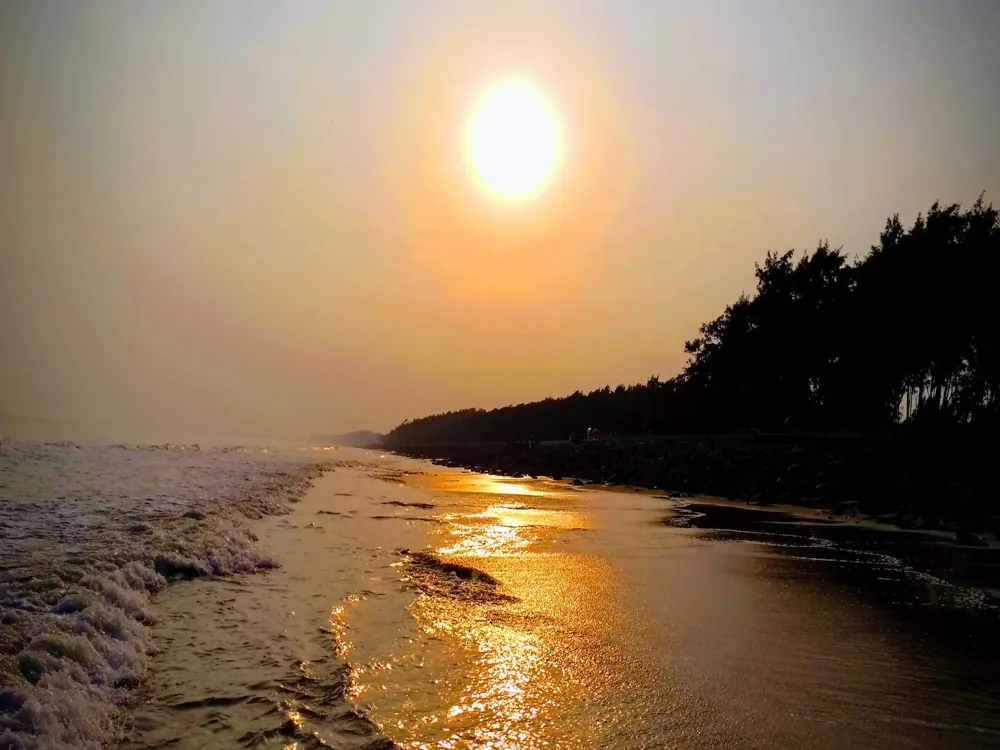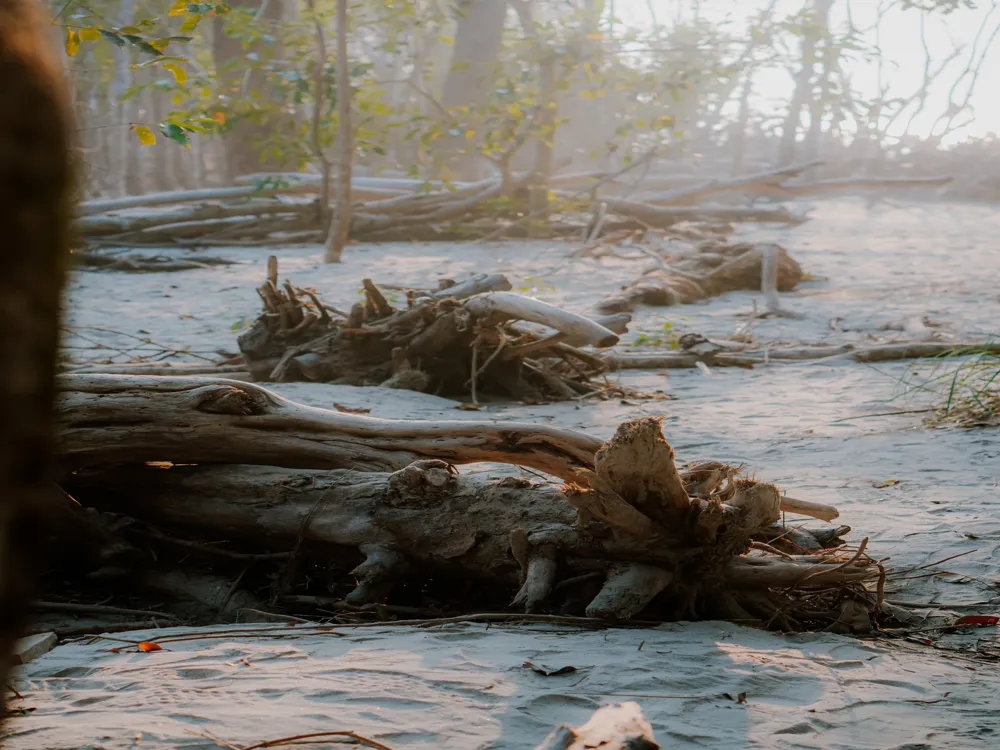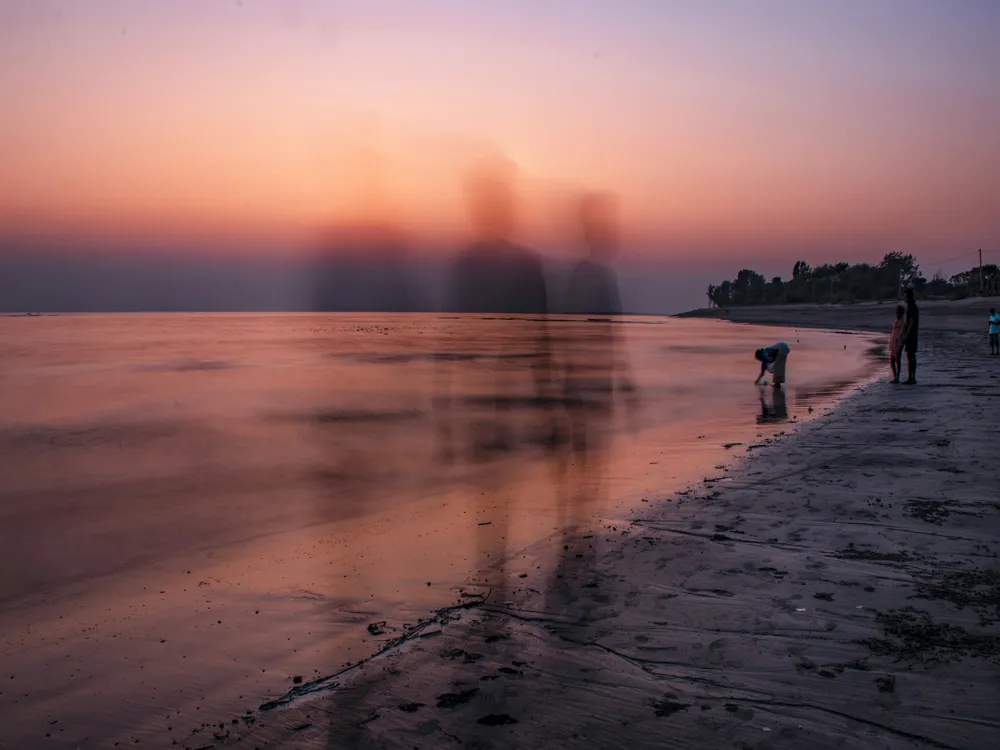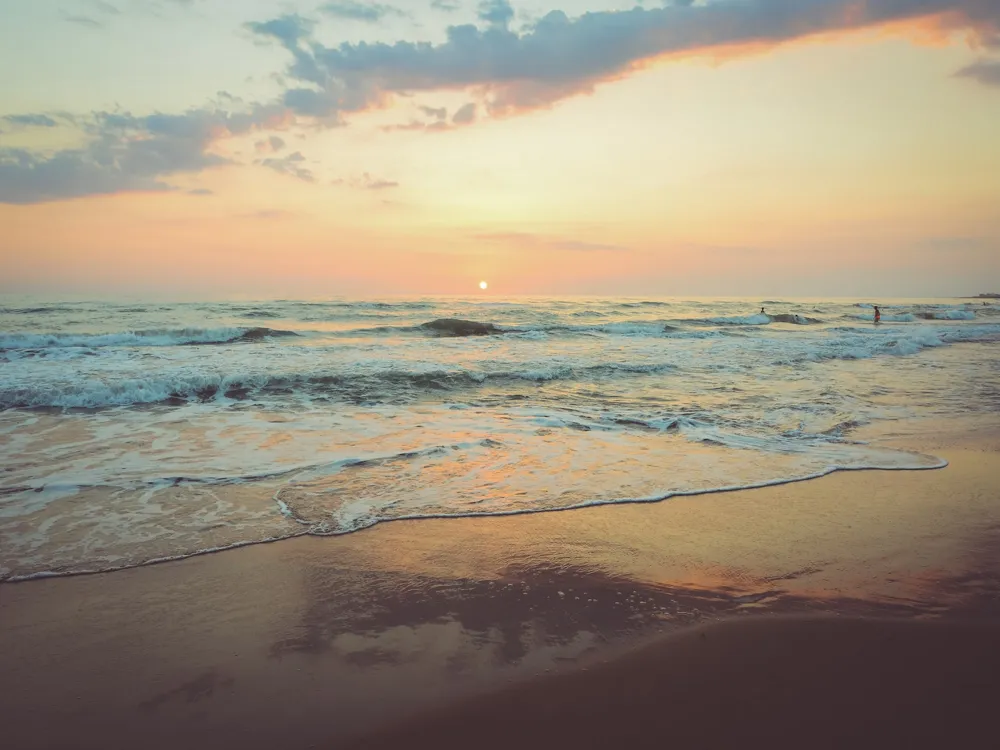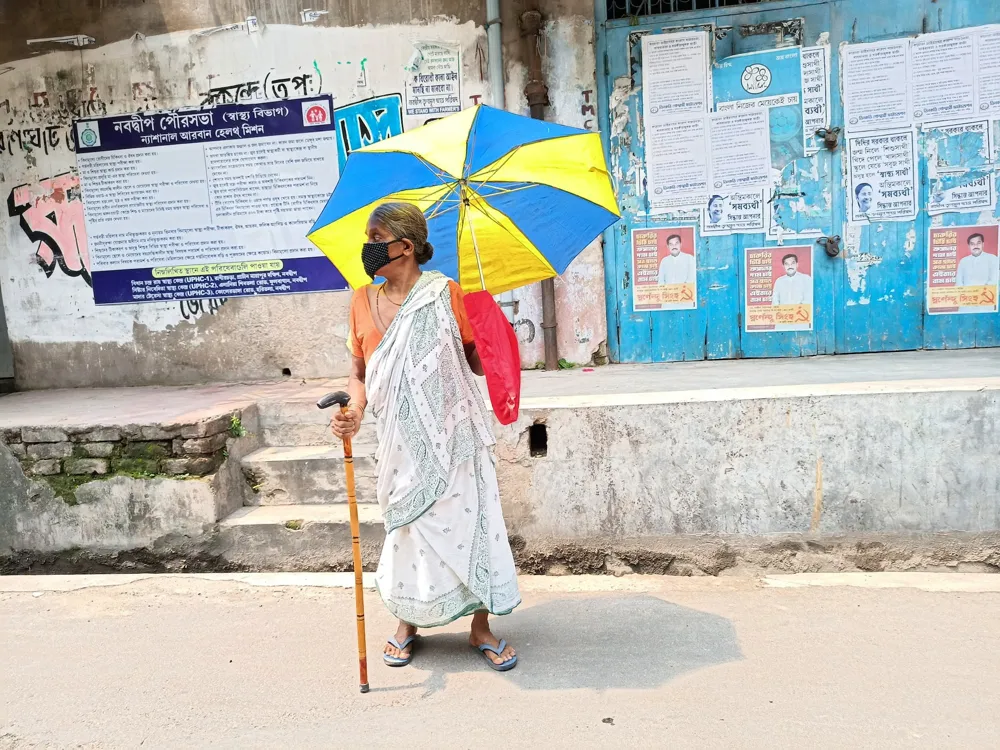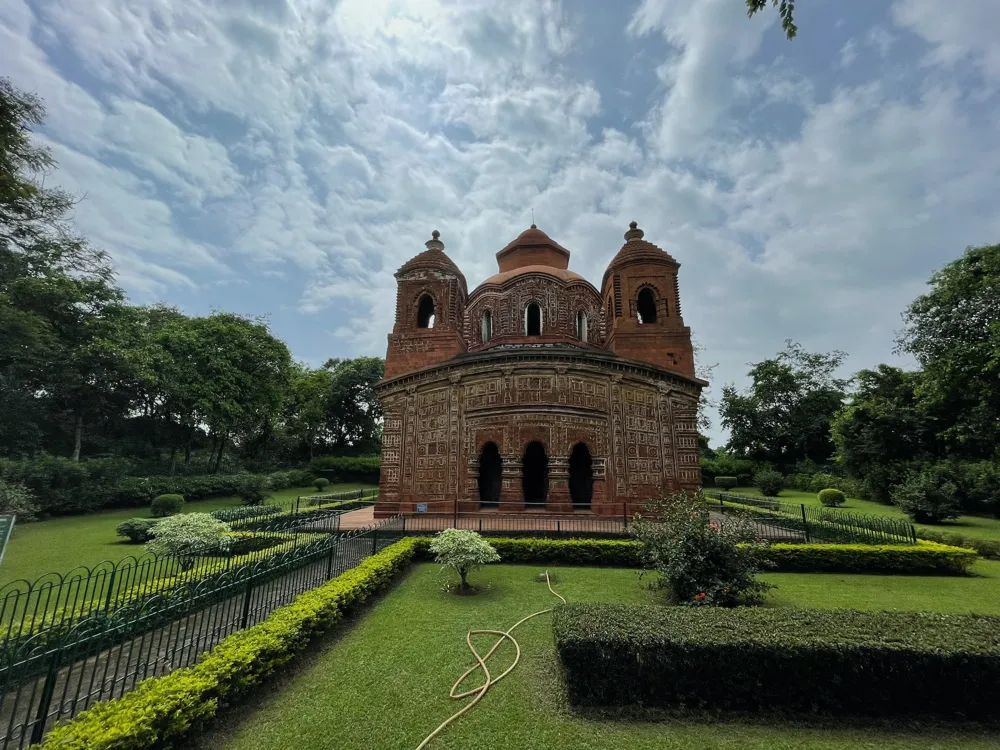Kamarpukur, Kolkata a serene village located in the Hooghly District of West Bengal, is steeped in cultural and historical significance. This picturesque hamlet is not just another village in rural Bengal but a place of great religious importance and a beacon of spiritual simplicity. Famous as the birthplace of Sri Ramakrishna Paramahansa, a saint of 19th-century India, Kamarpukur offers a blend of spiritual ambiance and rustic Bengal countryside. The village's history is intricately linked with the life and teachings of Sri Ramakrishna. Born in 1836, he was a spiritual leader whose teachings played a pivotal role in the revival of Hinduism in Bengal at a time when it was facing major challenges. The tranquility of Kamarpukur, combined with its lush green fields and ponds, reflects the simplicity and spiritual aura that shaped the early years of Sri Ramakrishna. Visitors to Kamarpukur will find themselves transported back in time, experiencing the way of life that was prevalent in the 19th century. The village maintains its old-world charm, with traditional huts, unpaved roads, and the famous Yogi Shiva temple. The local community, deeply respectful of their heritage, continues to practice age-old customs and rituals, offering a unique glimpse into rural Bengali culture. Despite its modest size, Kamarpukur is a destination that attracts thousands of visitors each year, drawn by its historical importance and serene atmosphere. Whether one is seeking spiritual enlightenment, interested in the historical aspects of Bengal's rural life, or simply looking to escape the hustle and bustle of city life, Kamarpukur promises a peaceful and enriching experience. The architecture of Kamarpukur is a vivid reflection of the traditional rural Bengal style, intertwined with religious and cultural influences. This unique architectural style is not only aesthetically pleasing but also serves practical purposes, catering to the local climate and lifestyle. The most striking feature of Kamarpukur's architecture is the use of natural and locally sourced materials. Structures are primarily built using mud, straw, and clay, providing natural insulation against the region's hot and humid climate. The roofs are typically made of thatch or corrugated iron, a testament to the traditional methods that have been passed down through generations. One of the architectural highlights of Kamarpukur is the ancestral home of Sri Ramakrishna. Preserved as a heritage site, this humble abode is a prime example of 19th-century rural Bengali architecture. The house, with its low ceilings and earthen walls, encapsulates the simplicity and ascetic life that Sri Ramakrishna led. Adjacent to his home is the Yogi Shiva temple, an embodiment of the religious architecture of the time, with its distinct terracotta motifs and intricate carvings depicting various scenes from Hindu mythology. Another significant architectural feature in Kamarpukur is the Ghoshal Tank, a large pond excavated in 1780. Surrounded by lush greenery and serving as a vital water source, the tank is not only an example of environmental sustainability but also plays a central role in the social and cultural activities of the village. The overall architectural landscape of Kamarpukur is a harmonious blend of simplicity, functionality, and spirituality. Each structure, whether a temple, a hut, or a communal tank, tells a story of the village's rich cultural heritage and the deeply ingrained spiritual ethos of its people. The ideal time to visit Kamarpukur is during the cooler months from October to March. The weather is pleasant, making it conducive for exploring the village and its surroundings. Visitors should avoid the monsoon season, as heavy rains can make travel challenging. Visitors are advised to dress modestly and respect the local customs and traditions. As a place of religious importance, it's important to maintain decorum in temples and holy sites. Engaging with locals respectfully can enrich your experience. While there are a few guest houses and lodges available, booking in advance is recommended, especially during festival times. Options range from basic amenities to more comfortable lodgings, catering to different budgets. Don't miss out on trying the local Bengali cuisine, known for its unique flavors and variety of sweets. Local eateries offer a taste of authentic dishes at reasonable prices. Exploring Kamarpukur on foot or by renting a bicycle is a great way to experience the village's charm. It's also an eco-friendly way to navigate the narrow lanes and enjoy the picturesque landscape. Kamarpukur is well-connected by road and rail. The nearest railway station is Arambagh, and from there, one can take a bus or hire a taxi to Kamarpukur. For those traveling by road, the village is accessible via state highways and is approximately 100 kilometers from Kolkata. Regular bus services are available from major cities like Kolkata. For international visitors, the nearest airport is in Kolkata. From the airport, one can hire a taxi or use public transportation to reach Kamarpukur. It's advisable to check for the latest travel advisories and road conditions before planning the trip. Read More:Overview of Kamarpukur, Kolkata
Architecture of Kamarpukur
Tips When Visiting Kamarpukur
Best Time to Visit
Respecting Local Customs
Accommodation
Local Cuisine
Exploring the Village
How To Reach Kamarpukur
Kamarpukur
Kolkata
West Bengal
NaN onwards
View kolkata Packages
Weather :
Tags : Village
Timings : 24 hrs
Time Required : 1 - 2 days
Entry Fee : No Entry Fee
Planning a Trip? Ask Your Question
Kolkata Travel Packages
View All Packages For Kolkata
Top Hotel Collections for Kolkata

Private Pool

Luxury Hotels

5-Star Hotels

Pet Friendly
Top Hotels Near Kolkata
Other Top Ranking Places In Kolkata
View All Places To Visit In kolkata
View kolkata Packages
Weather :
Tags : Village
Timings : 24 hrs
Time Required : 1 - 2 days
Entry Fee : No Entry Fee
Planning a Trip? Ask Your Question
Kolkata Travel Packages
View All Packages For Kolkata
Top Hotel Collections for Kolkata

Private Pool

Luxury Hotels

5-Star Hotels

Pet Friendly








